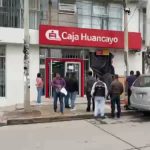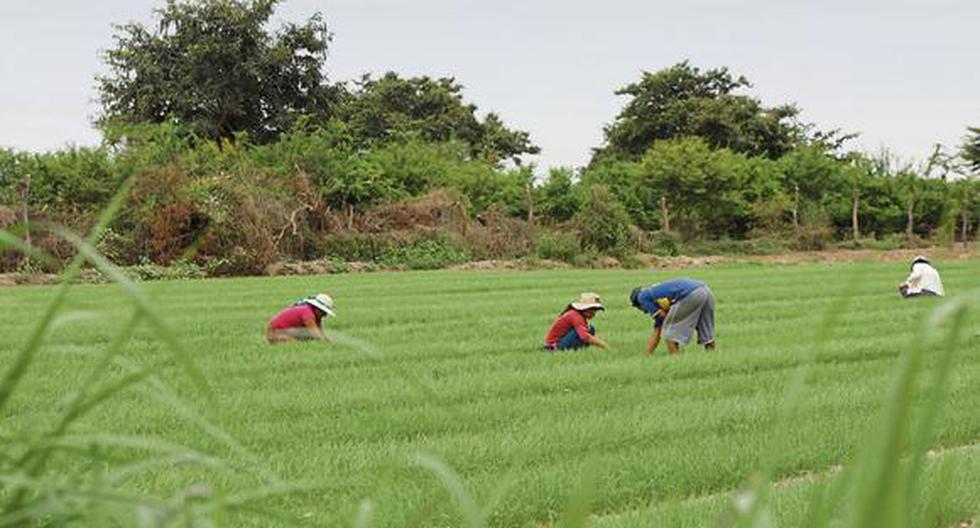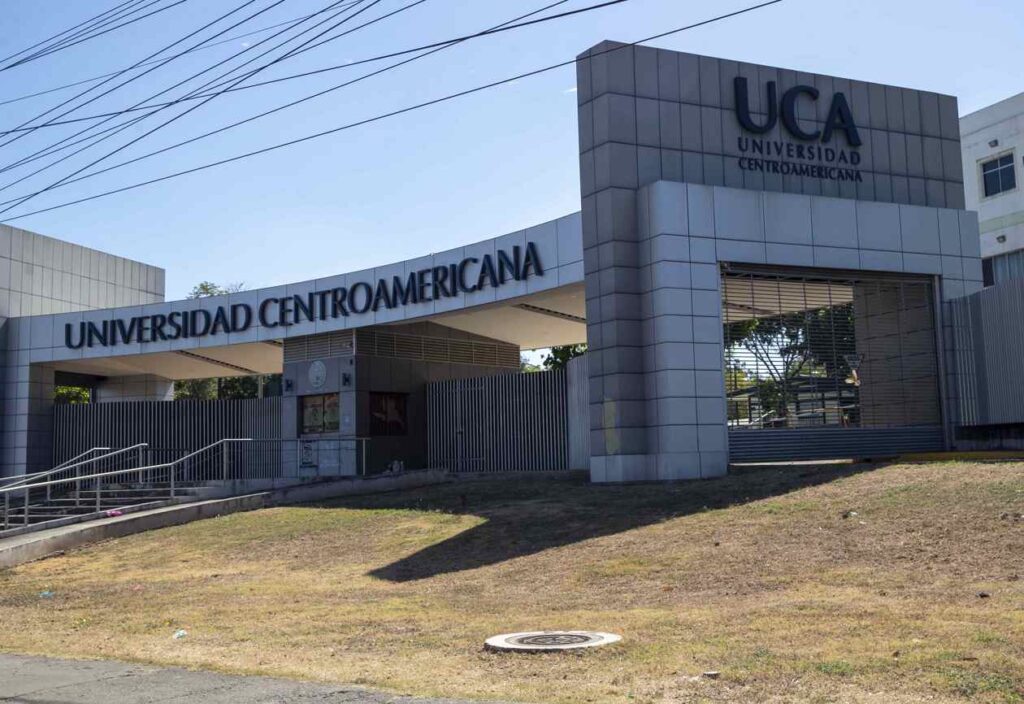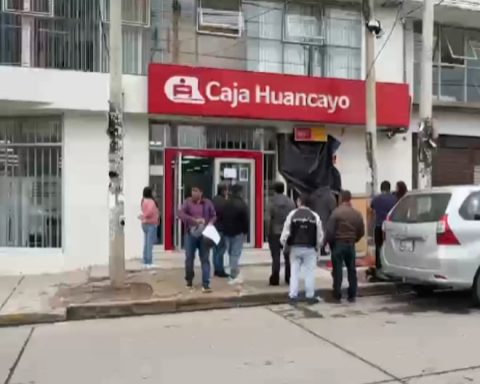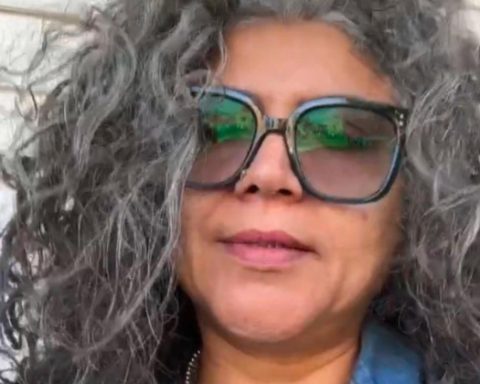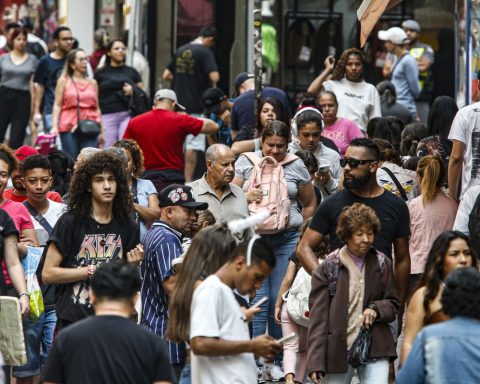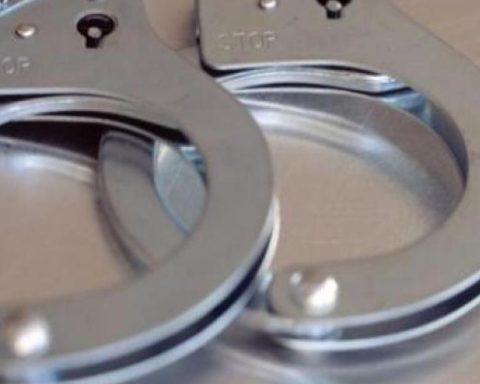The boys returned to the classroom after two years of confinement due to the pandemic. Two years passed for them to share with their classmates and friends again, but not everything is rosy, because there are also differences, as in any group.
Until then, everything is normal in a place where there is coexistence due to the diversity of thought and personalities, however, the problem begins when cases of bullying or bullying occur.
But what is bullying?
The United Nations Children’s Fund (UNICEF) details that bullying can generally be identified through three characteristics: intention, repetition and power.
A harasser intends to cause pain, either through physical harm, words, or repeated hurtful behavior toward the victim.
“Boys are more likely to be victims of physical bullying, while girls are more likely to experience psychological bullying.”
It is important to know that, rather than an isolated incident, bullying is a pattern of behavior. Children or adolescents who bully others often have a higher social status or a position of power, in the case of those who are older or stronger or considered “popular”.
The most vulnerable boys face a higher risk of being bullied. Typically, these are children from marginalized communities or poor families, children with different gender identities, children with disabilities, migrants or refugees.
Likewise, bullying can occur in person or through social networks, text messages, SMS, instant messaging, email or any other platform used by children or adolescents, known as “cyberbullying”.
In this sense, since parents do not always know what their children are doing on these platforms, it can be difficult to identify when the child has a problem.
On how to deal with school harassment or bullying, the Ministry of Education and Sciences (MEC) developed a care protocol in educational institutions for cases of peer violence or school bullying.
DETECTION AND COMMUNICATION PROCESS
Any member of the educational community, family, student, teacher or staff of the school or college, who suspects or is aware of a situation of violence or bullying must activate this care protocol, informing the teacher in charge of the student or of the management team, as the case may be.
“It must be understood that in cases of violence against the physical integrity of students, given the victim’s simple declaration, it is necessary to refer the victim to the nearest health center, activate the emergency measures established in the protocol and communicate to their fathers, mothers or guardians, the measures adopted and then continue with the steps established in the Diagram on page 9”, expresses part of the MEC book.
Protocol of the steps established in the Diagram of the MEC book.
The protocol includes the following steps:
a- Communication of the harassment situation to the director of the educational institution: The first level of attention consists of communicating the observed situation to the management team and the teacher in charge. For this, it is proposed to use a registration model such as the one shown below, requesting the start of action in possible cases of violence or bullying.

Registration model.
b- Communication to families: the director together with the technical team will assess the situation in order to inform the families of those affected, since at first it is a suspicion.
c- Collection of information: the director will coordinate the collection of information, being able to designate a teacher in charge of it in order to complete and contrast the confidential information received.
d- Analysis of the information collected and initial assessment of the situation: The exchange and analysis of the information obtained may be carried out through reflection meetings between those responsible for the institution. It is convenient to collect in a written report both the actions and the assessments to which they give rise. The director joins the information collection team to participate in the analysis and assessment.
and- Preparation of a written report: This document will include the content of the actions carried out and the justification for the confirmation or not of violence or bullying. The person responsible for the preparation of this report will be the reference official of the educational institution.
The period established to confirm or not the suspicion/report of a situation of violence or bullying is 72 hours.
F- Violence or bullying is not confirmed: If from the analysis of all the information obtained, the existence of violence or bullying is not confirmed, it may be the right time to review the awareness and prevention measures that, ordinarily, should be carried out in educational institutions.
g- School violence or bullying is confirmed: confirmation entails the adoption of several actions in parallel. On the one hand, assess the need to communicate the situation to other institutions or bodies at the central level of the MEC, and on the other hand, the immediate implementation of urgent measures, among which disciplinary measures may be considered.
Once the violence or bullying is confirmed, the families, the teaching staff, the Pedagogical Supervision will be informed with a copy to the Departmental Coordination for their knowledge and to the Directorate for the Protection and Promotion of the Rights of Children and Adolescents. It will be tried at all times to avoid sowing alarm in the institution and offer truthful information.
In turn, the Directorate for the Protection and Promotion of the Rights of Children and Adolescents will be the coordinating body for the actions that can be carried out from the central level of the MEC.
The objective of the protocol promoted by the MEC with the support of the Ministry of Children and Adolescents is to denaturalize bullying. It has the measures to be implemented in situations of violence between peers and bullying, preventive measures in the educational institution, in the classroom and with families. Also about how is the process of detection and communication about these acts of violence. In addition to the urgent measures for both the victim and the perpetrator, and the entire educational and family environment.
Also, intervention measures with the victim, with the aggressor, and both (joint interventions), with the school or college, classroom and families and indicators to identify bullying.
This material will help to better understand students and their environments without judging them; Assess the alternatives for the possible resolutions of non-violent conflicts and carry out mediating strategies and support alternatives.
To read the care protocol in educational institutions for cases of peer violence or bullying, you can enter this link.







